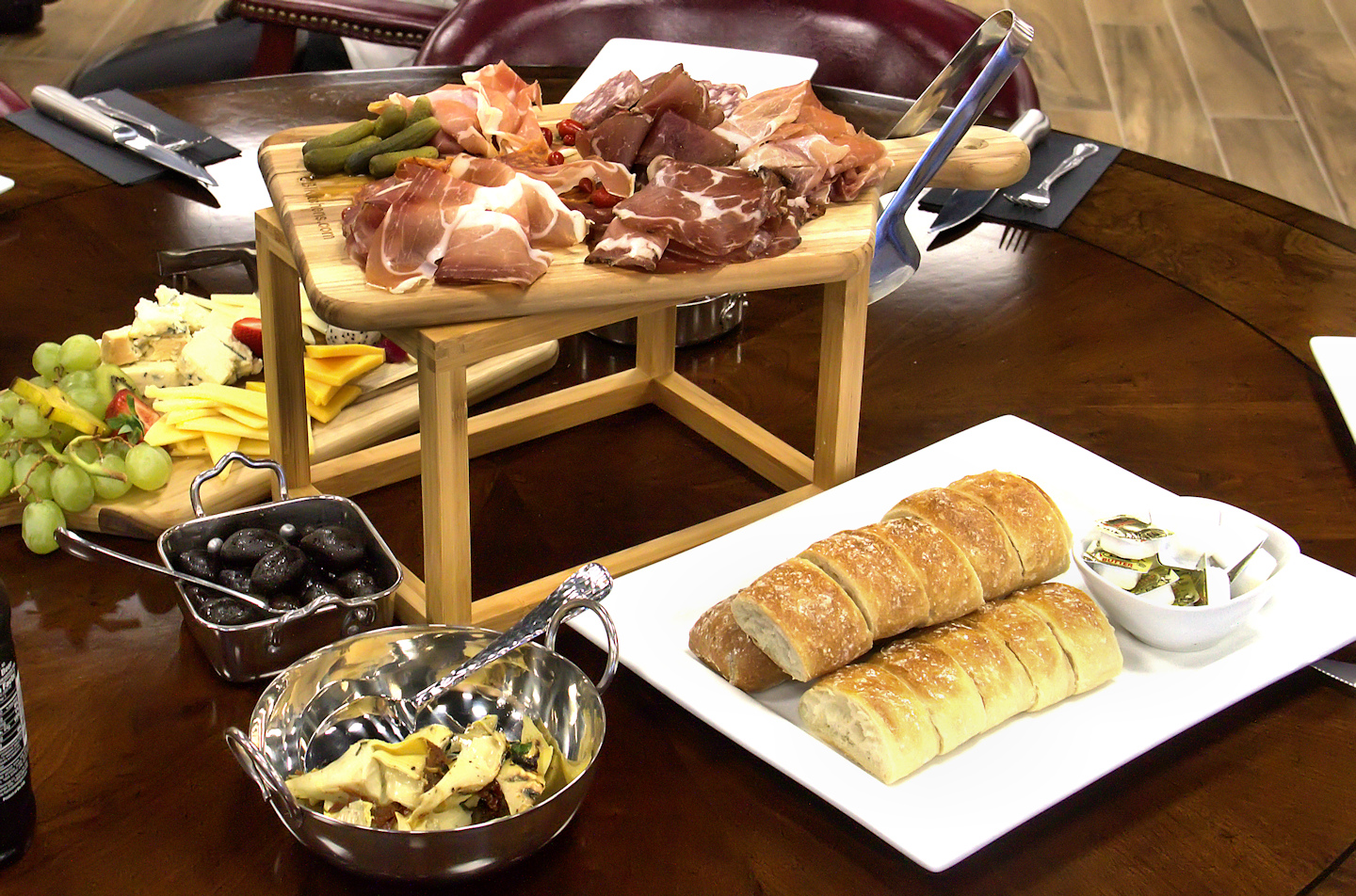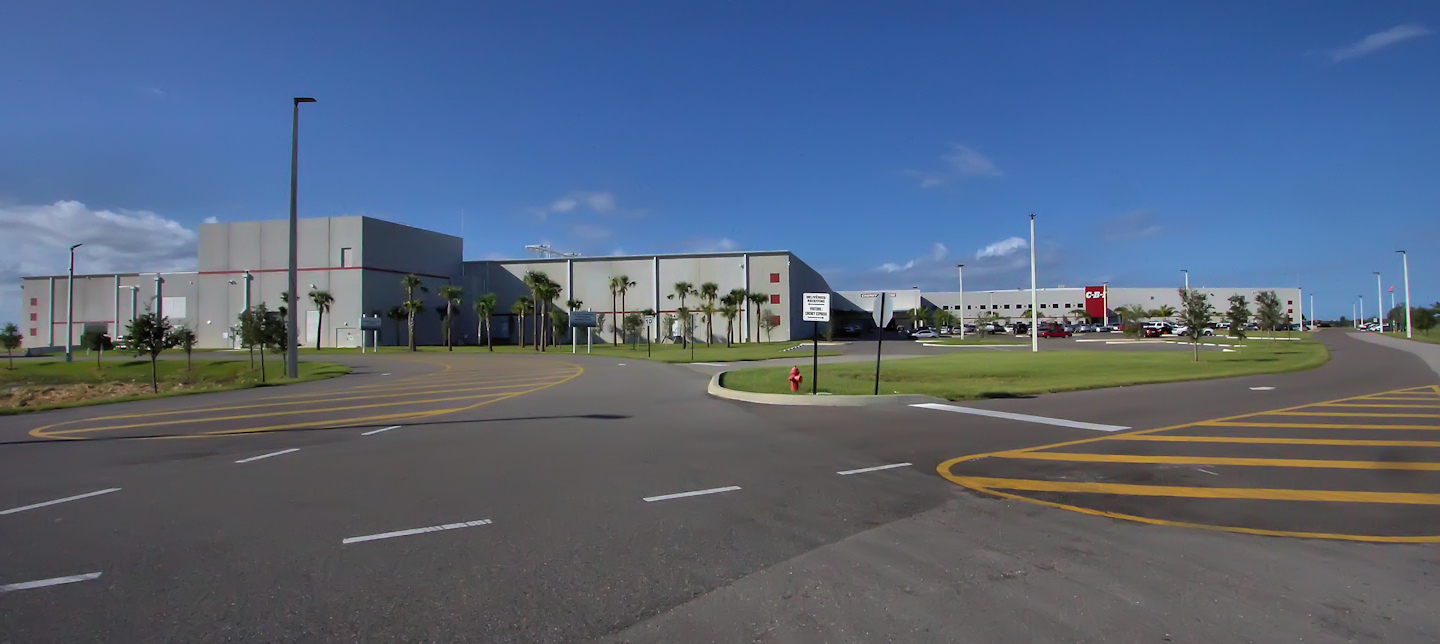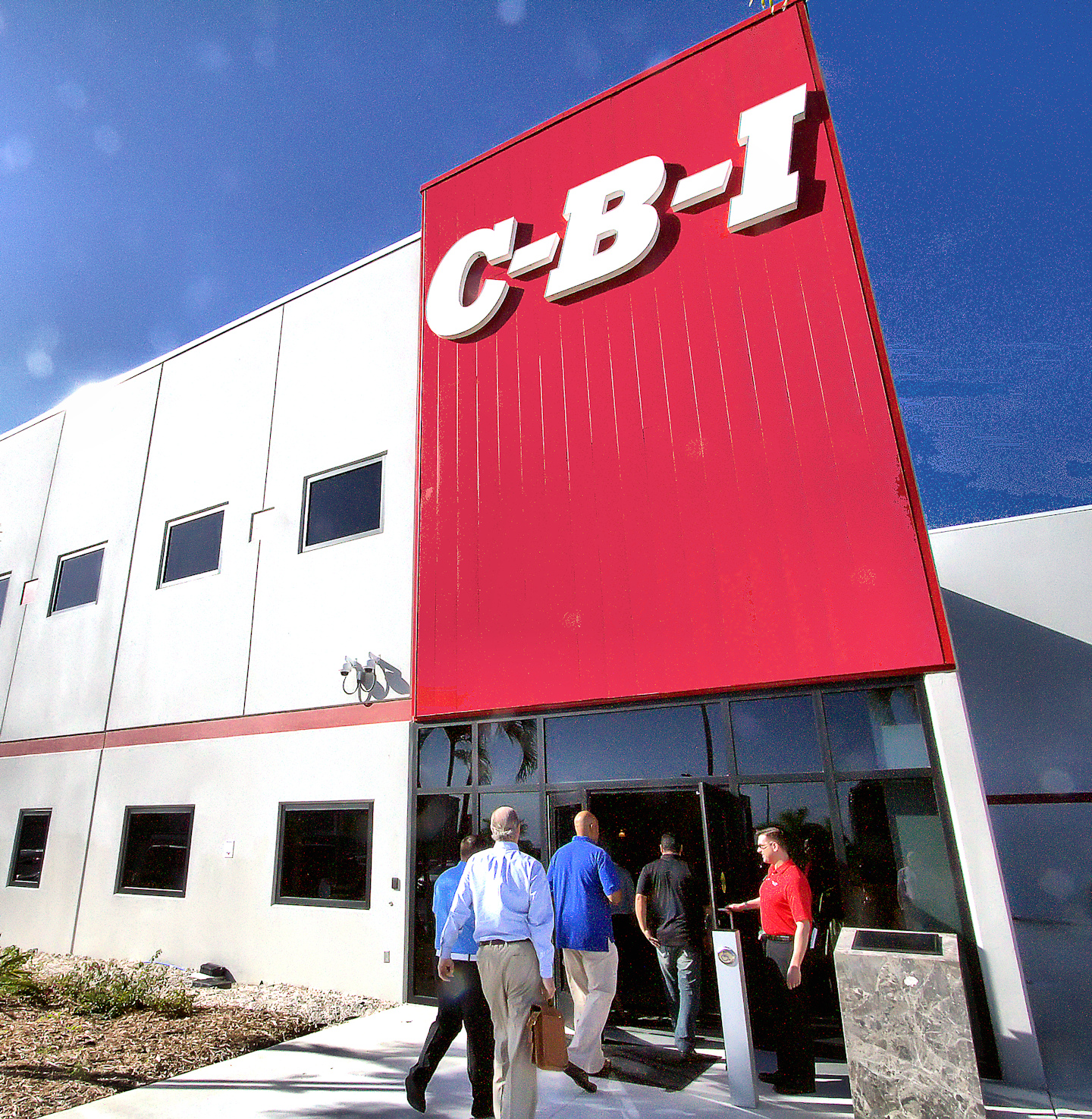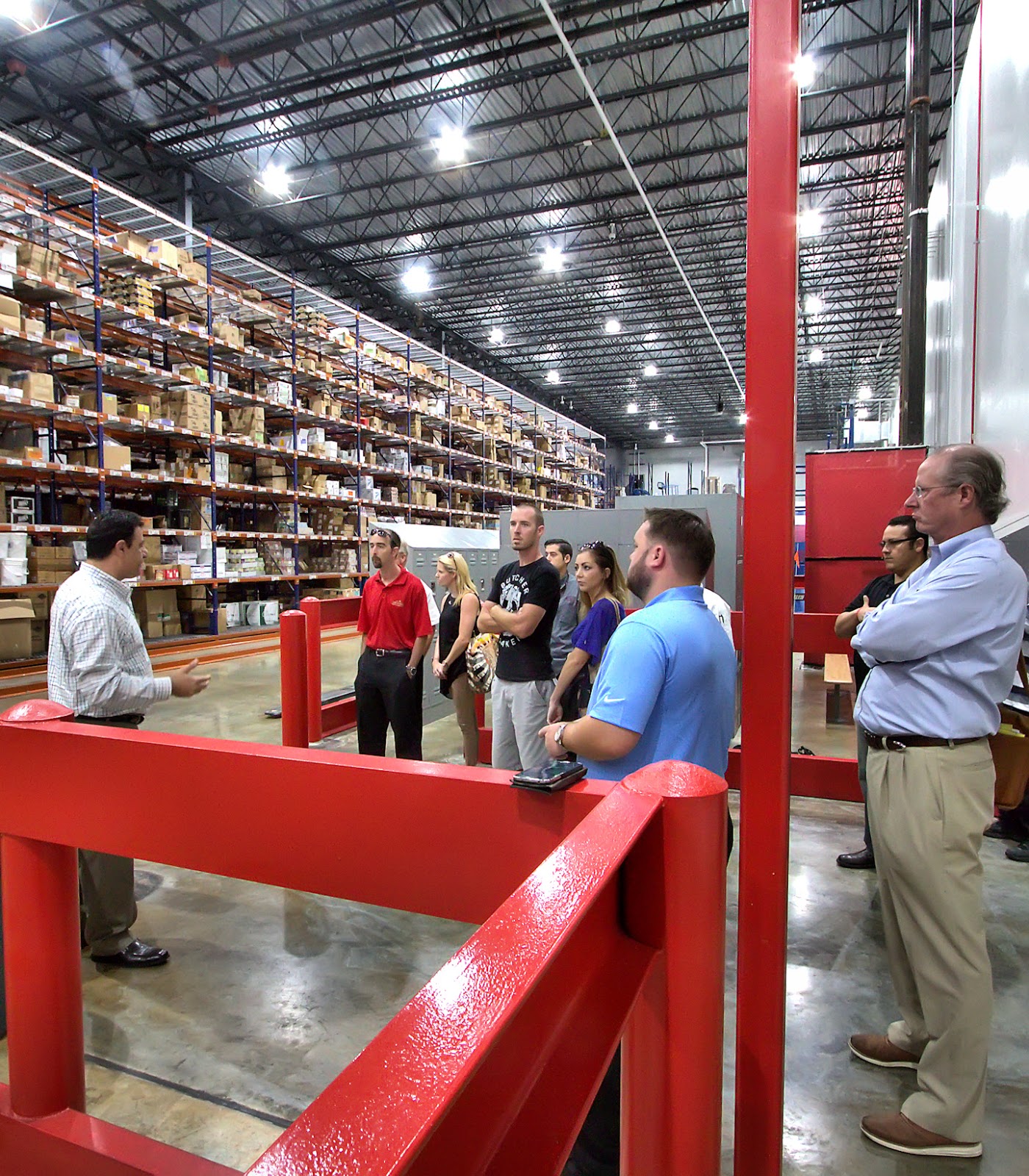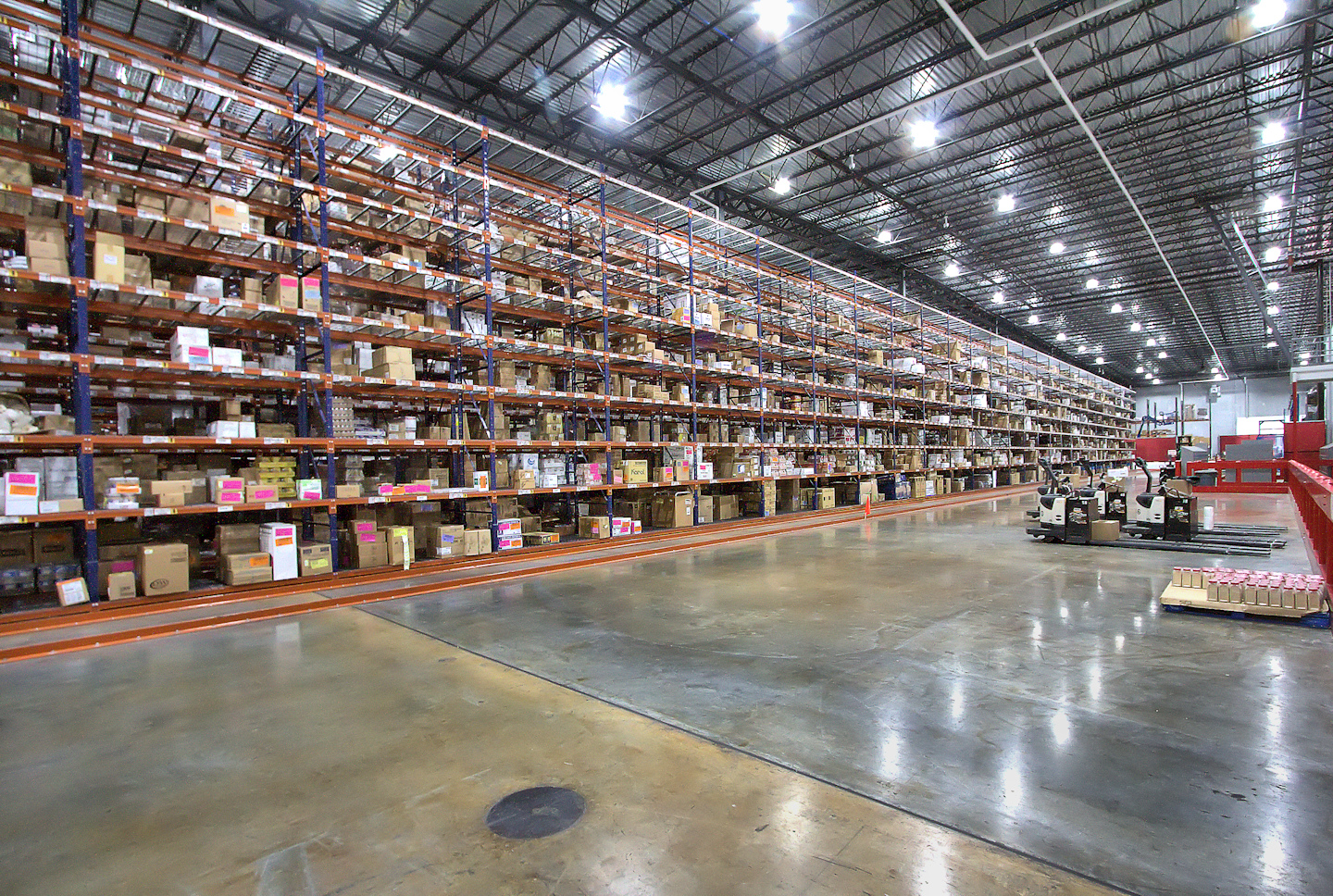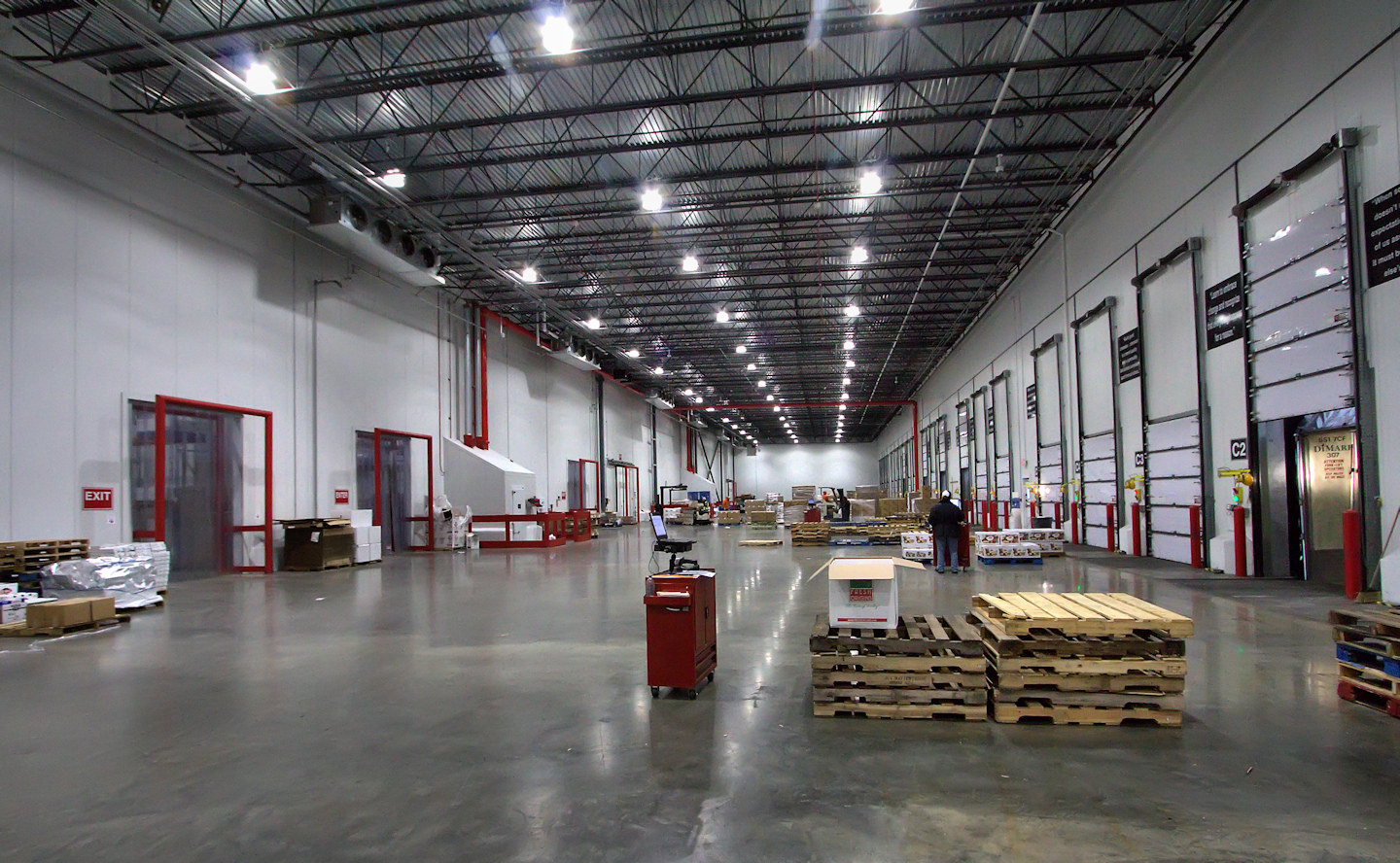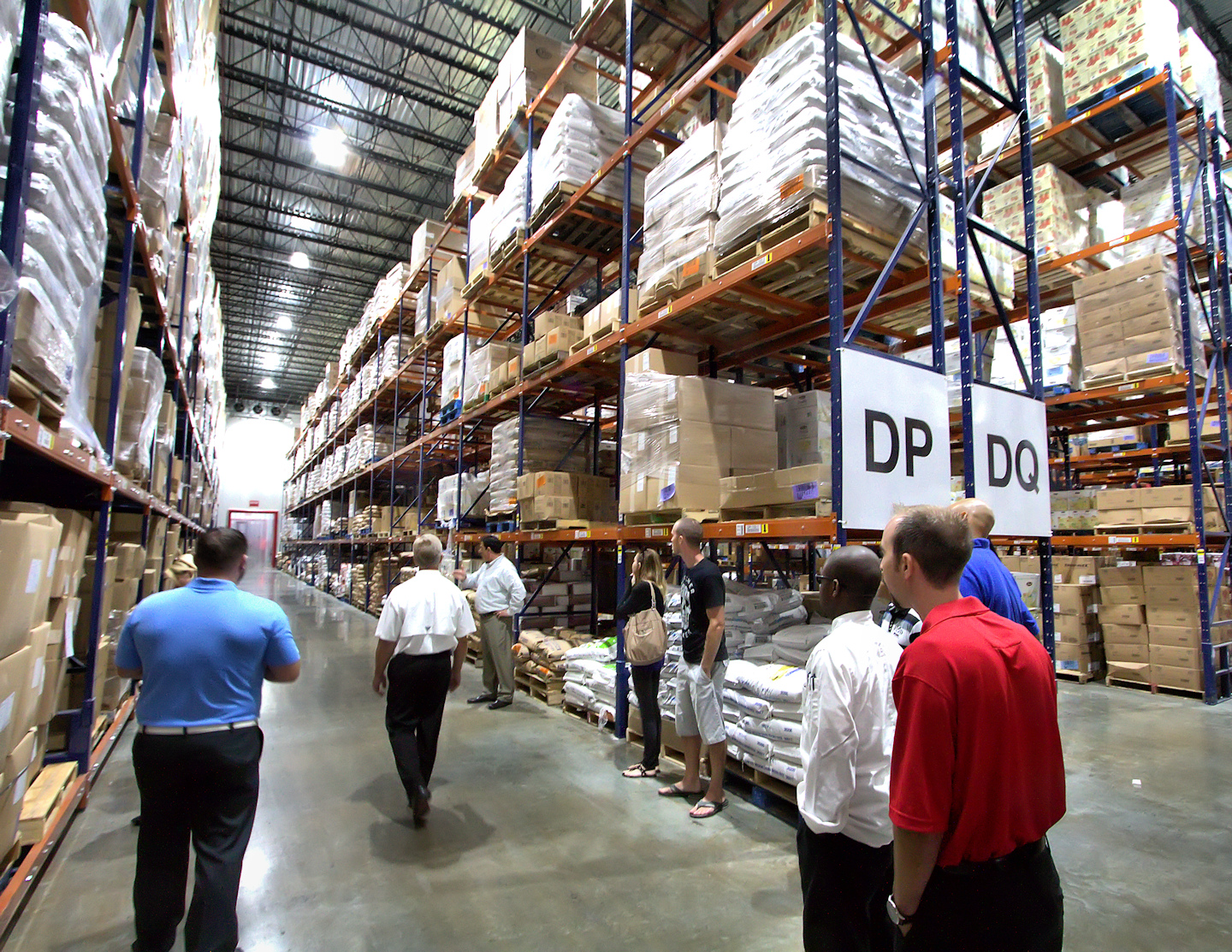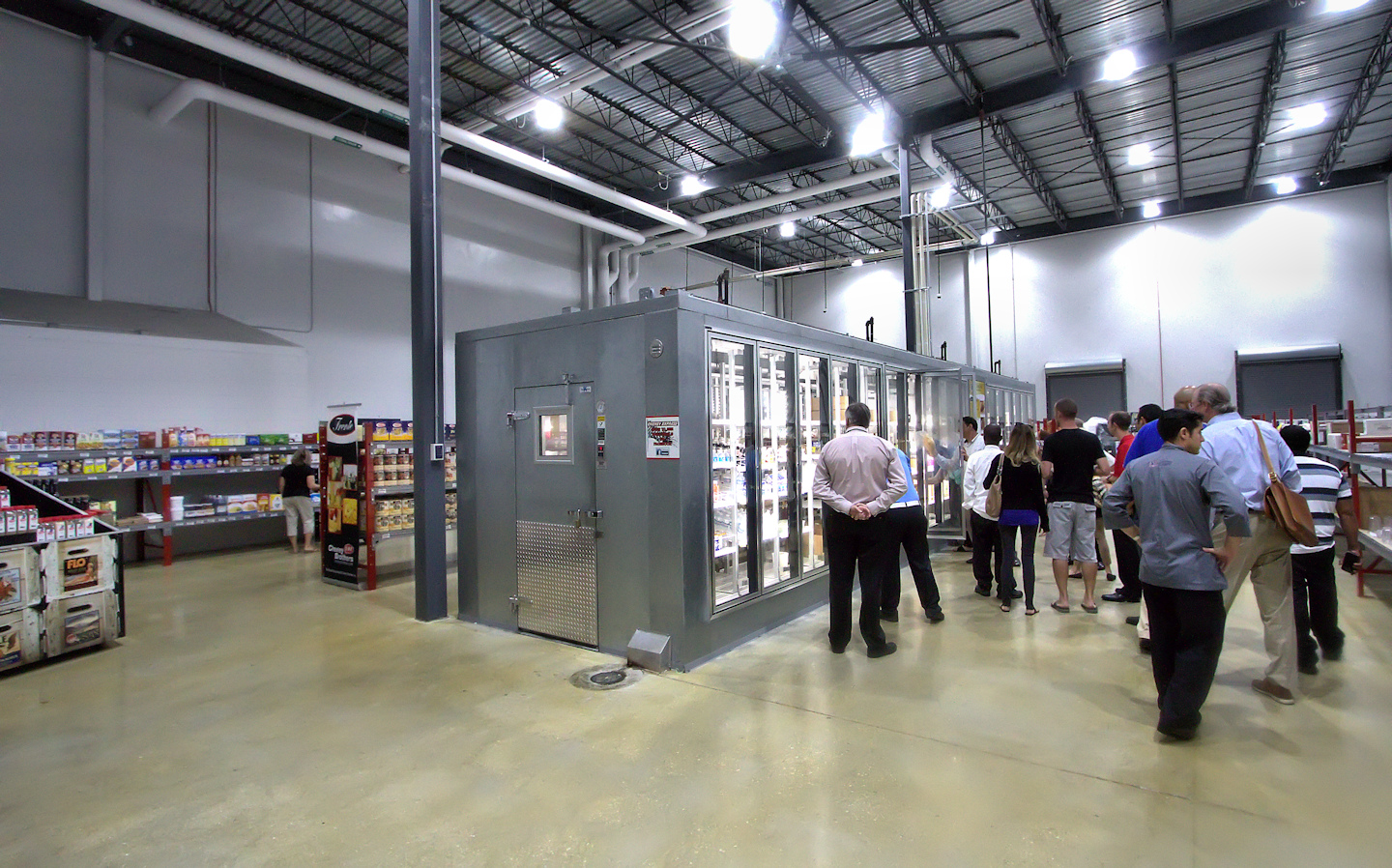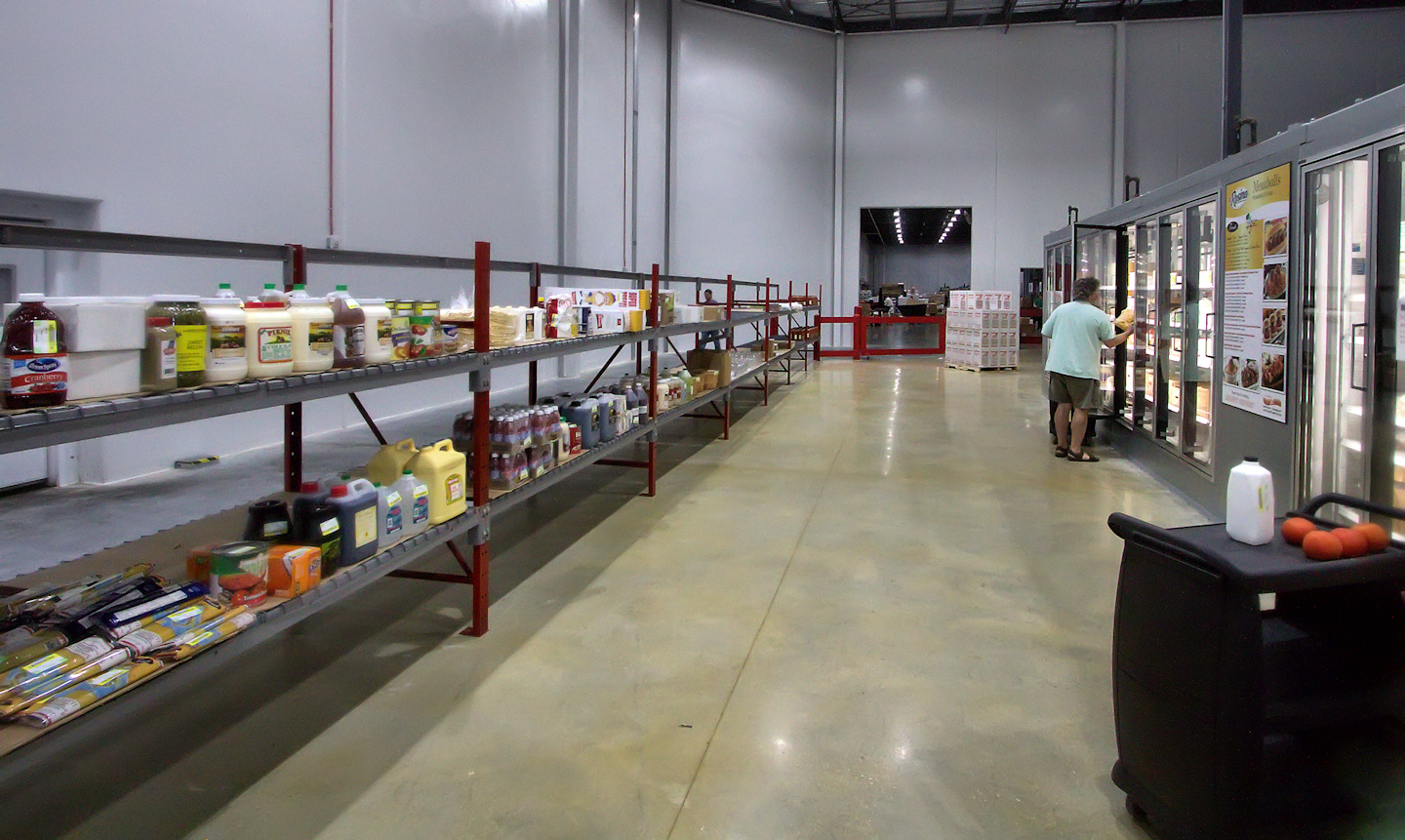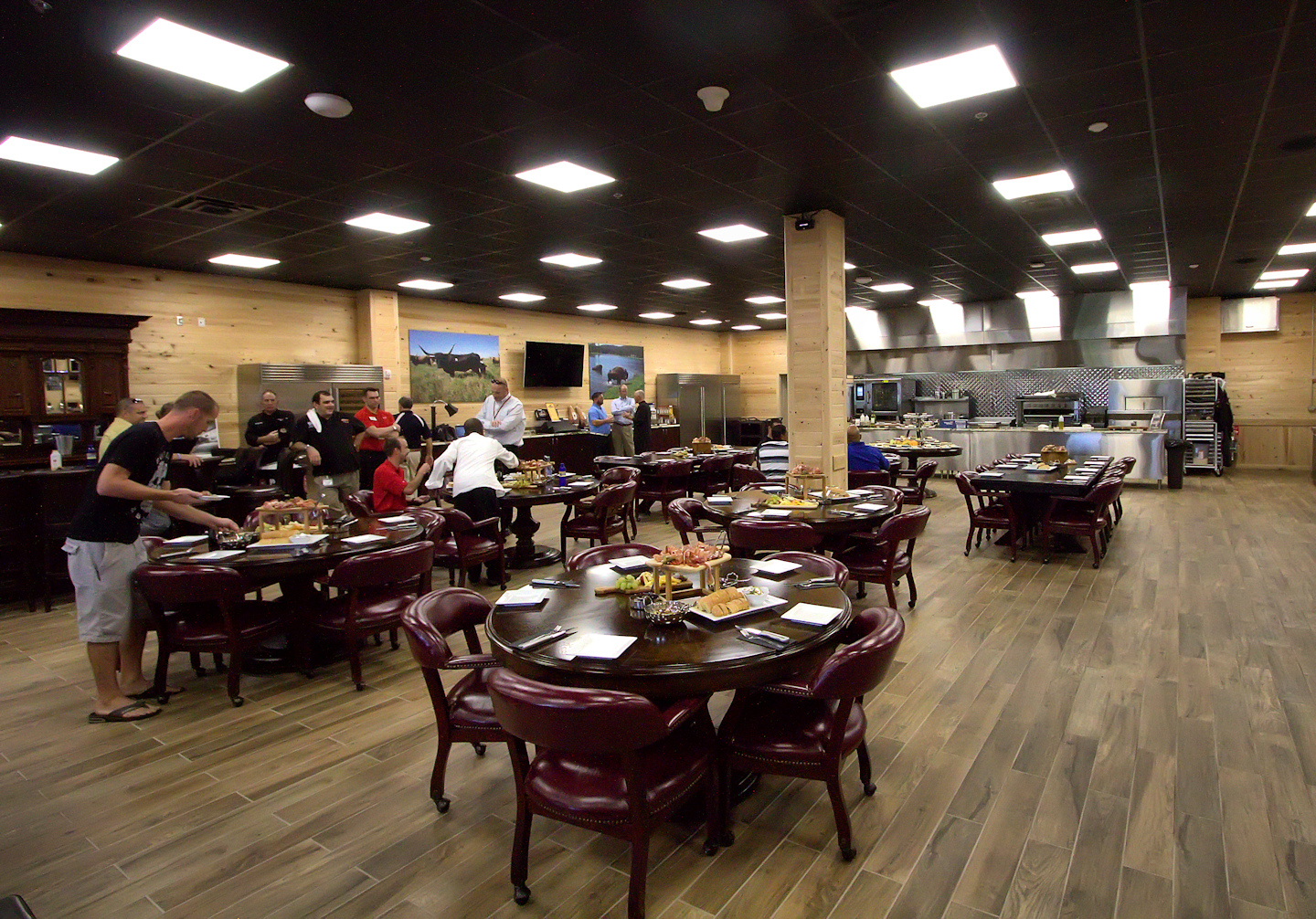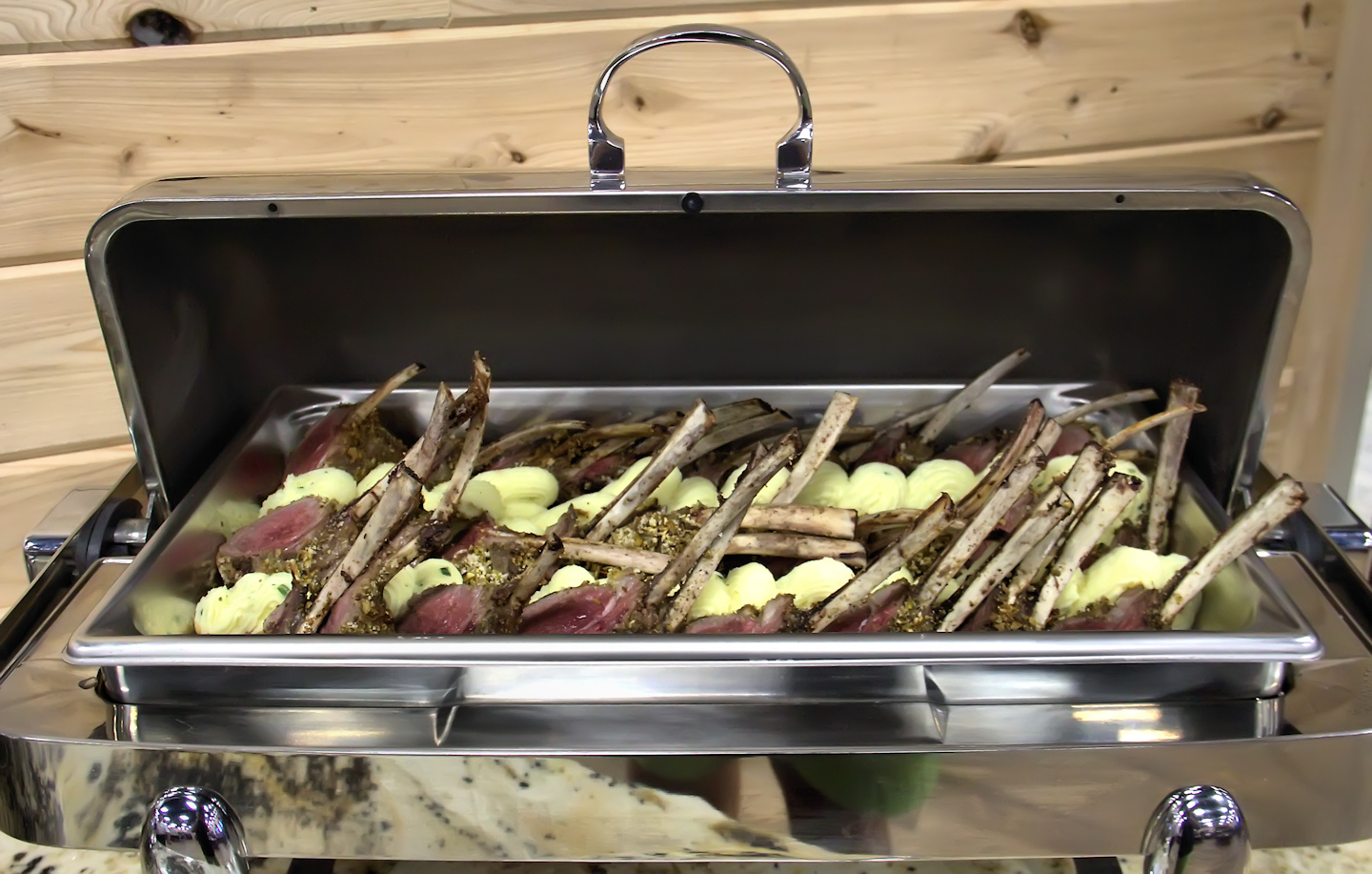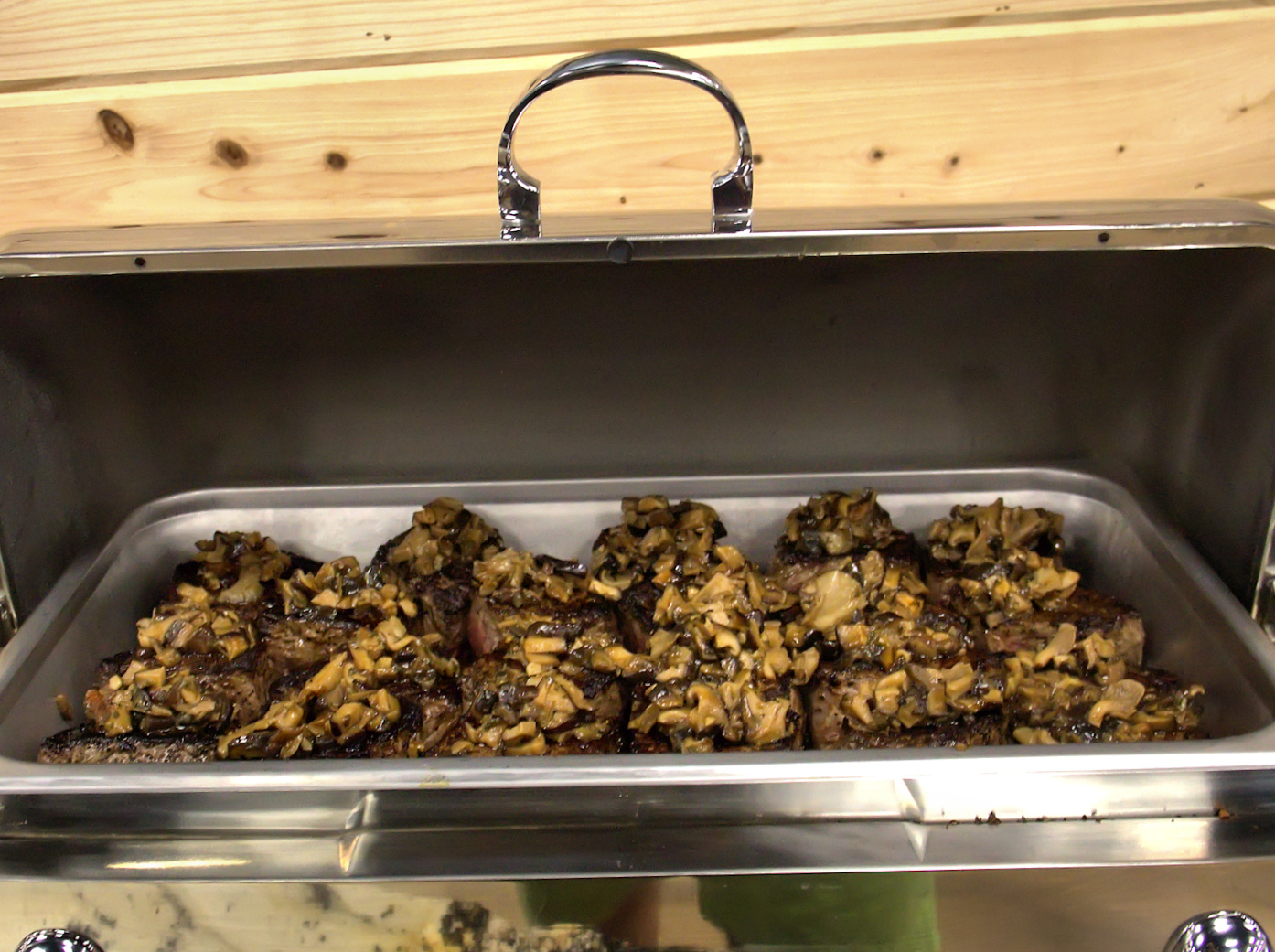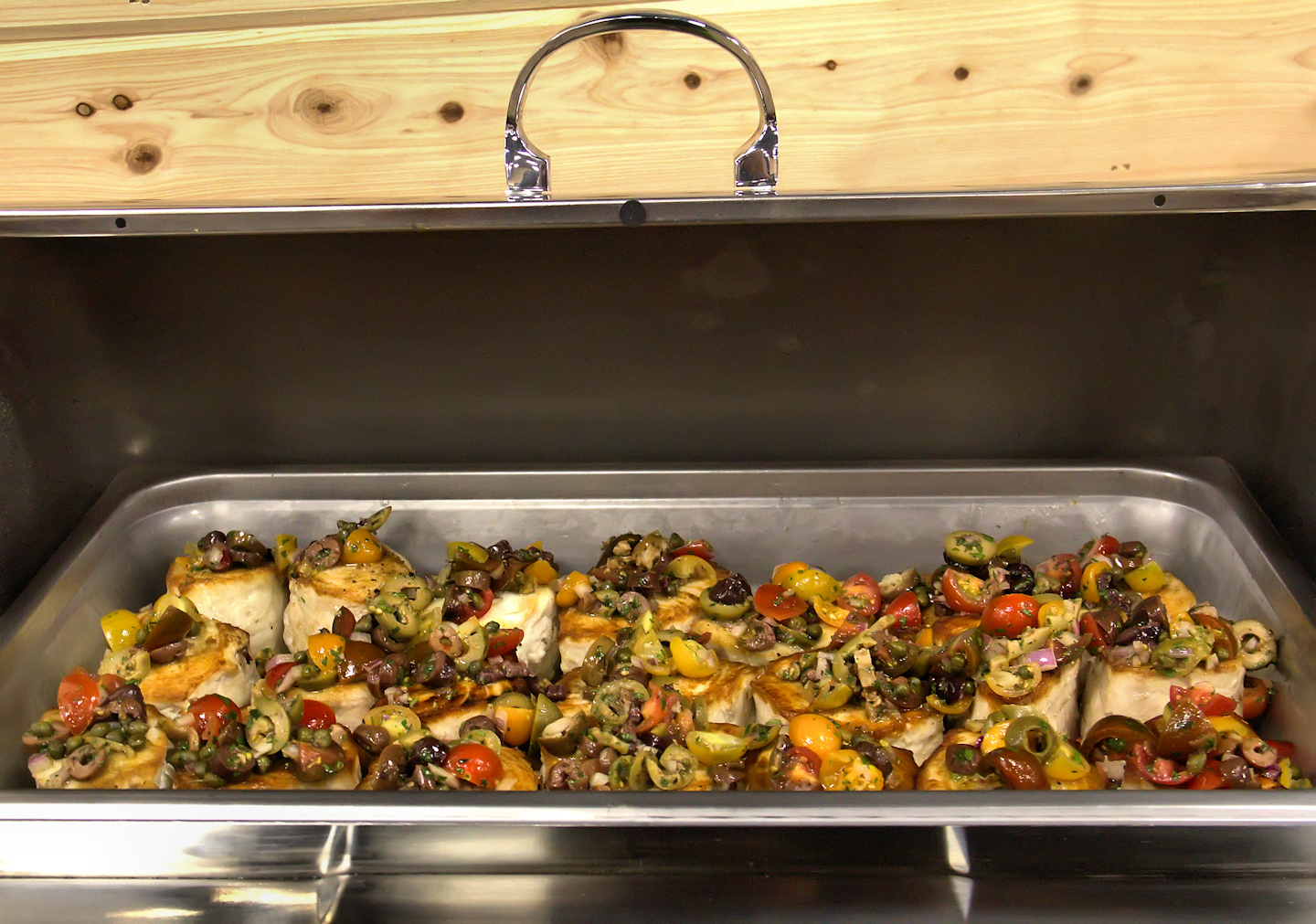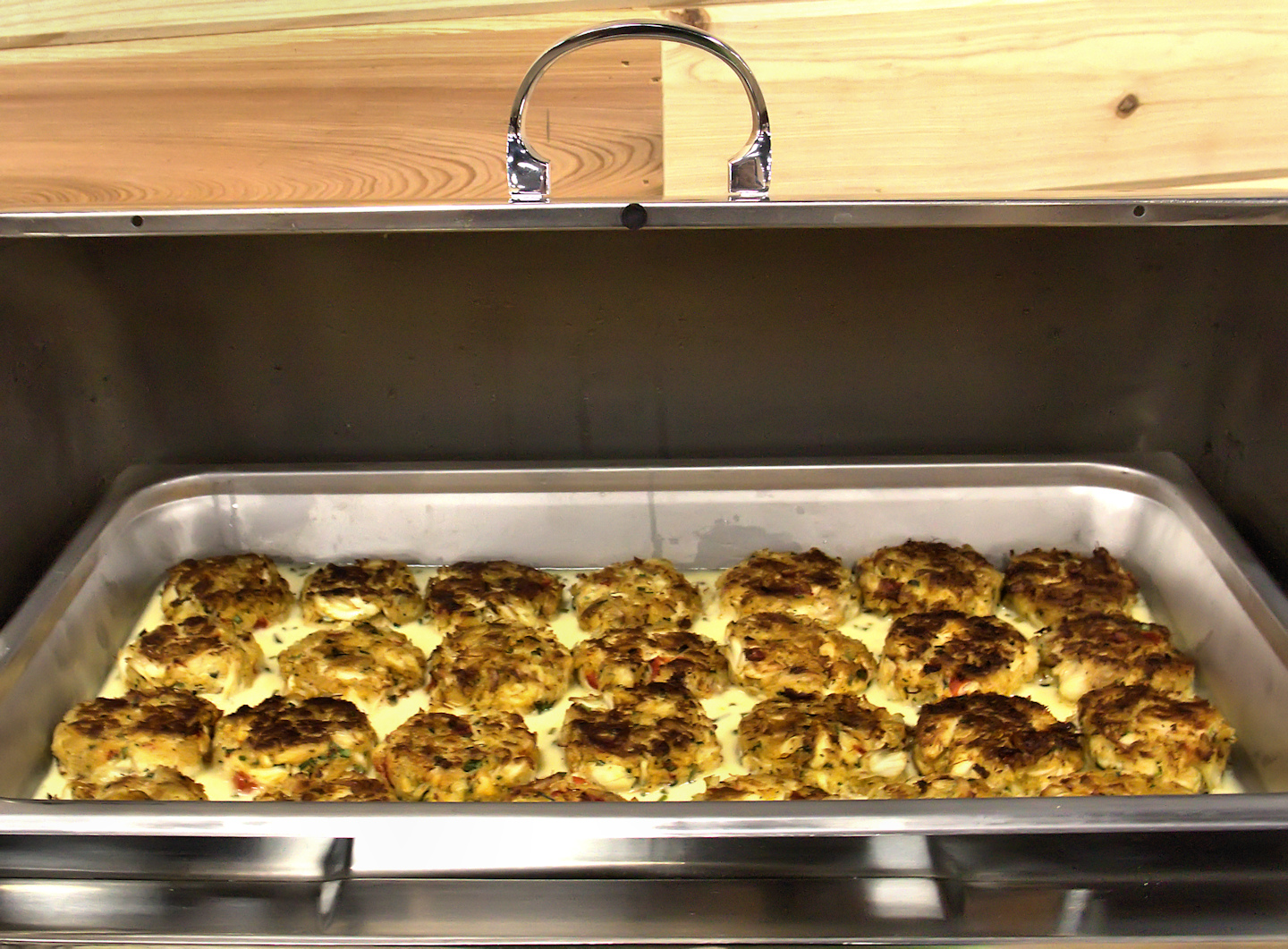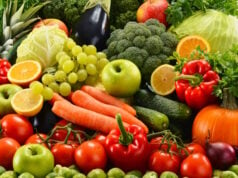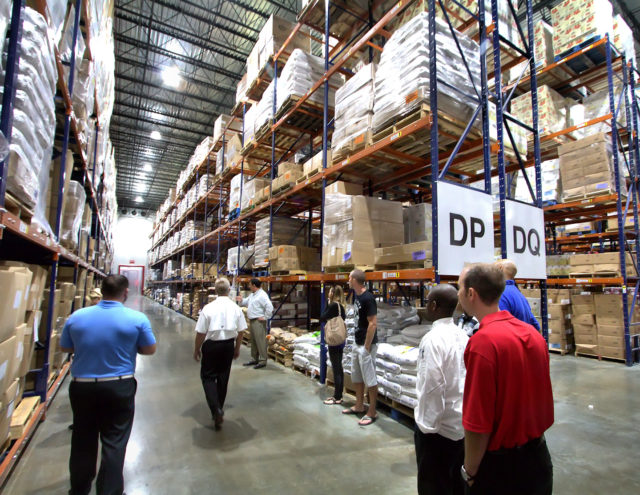
Cheney Brothers Inc. (CBI) is a food and restaurant equipment distributor headquartered in Riviera Beach, FL. They distribute their products mainly in the Southeastern United States, and are the leading food distribution company in Florida. The company easily ranks in the top 10 of food distributors, nationally, in sales.
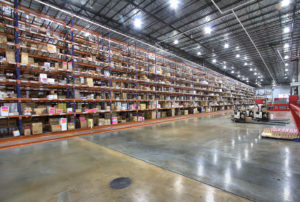
There were many areas of this distribution center including storage space for slow moving and specialty items, a refrigerated receiving area interfaced with a refrigerated multi-temperature storage facility for things like flour and rice, produce, meats, seafood and frozen items.
They use very sophisticated tracking methods for metrics on their warehouse products. Bar codes transmit information as to point of origin, weight, contents and nutritional content while RFID technology tracks things such as location and ambient storage conditions.
CBI also has a Cheney Express at this facility, an area where the public can purchase products. Distressed and short-dated products are also available here at a substantial discount.
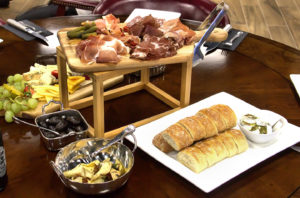
On the final leg of the tour we had lunch at the test kitchen, run by Executive Chef Joseph Salvaggio. CBI test kitchens offer clients a chance to taste available or new products sold by CBI. They can also sample their own recipes made with CBI ingredients.
First we had a nice charcuterie and cheese plate of Prosciutto, Speck, milk-braised Coppa, and Serrano ham with Parmesan, Moody Blue, Irish Cheddar, Gloucester and Pecorino-Romano cheeses, Cerignola onions with a lemon-infused Balsamic vinaigrette and Roman long-stemmed artichoke hearts with sun dried tomatoes and Tribeca breads. Next, we were served dishes buffet style. Maryland lump crab cakes in a lemon buerre blanc sauce, pistachio-encrusted lamb, chives and goat cheese mashed potatoes, baked wahoo with an olive tampanade, strip steaks with mushrooms and veal demi glace and assorted vegetables and desserts.
This was a very good tour of one of the cogs in the wheel of the food distribution system in this country.
Cheney Brothers Inc. Distribution Center
1 Cheney Way
Punta Gorda, FL 33982
(941)505-5885
Food Distribution System
The chain of food distribution in the United States is quite long, employing upwards of 20 million, or about 13% of the US workforce. It starts off with farm supplies (seeds, animal feeds) and branches out to various manufacturers and processing entities, ending up in the food service industry or retailers.
At the beginning of the 20th century, agricultural production was comprised of many different independent, family owned, loosely connected food producers and manufacturers. With consolidation and increases in efficiency, large scale farms comprise less that 10% of all farms, but produce about 60% of all agricultural products. Because of this, the number of farms has fallen about 50% in the last half century.
This has had a very large effect on the agricultural labor force in the past 100 years. In the early 1900’s, 40% of the US labor force was employed in agriculture. This has been reduced to about 2 percent as of 2010.
The next links in the food distribution chain are food processing and manufacturing entities, which account for 10% of all manufacturing shipments in this country. This would include bakeries, animal and specialty foods, among other goods.
Food brokers and food wholesalers follow next in this distribution system. Brokers facilitate the exchange of goods between manufacturers and retailers. They do not have physical possession of a manufacturer’s goods though earn a commission on these transactions. Food wholesalers in contrast buy and store goods in bulk and sell them at a profit to retailers. These can either be merchant wholesalers, which buy from manufacturers, or manufacturer wholesalers, which sell direct to retailers.
Food retailers, such as grocery stores, wholesale clubs and farmers markets in addition to food service outlets, which deal with food preparation and service outside the home, are the final links in the food distribution chain.
These in many cases are not well defined boundaries. Grocers may have their own distribution centers, while selling prepared foods from their retail spaces. Merchant wholesalers may incorporate a retail space to sell to the public.
More food reviews on Southwest Florida Forks[/vc_message]



